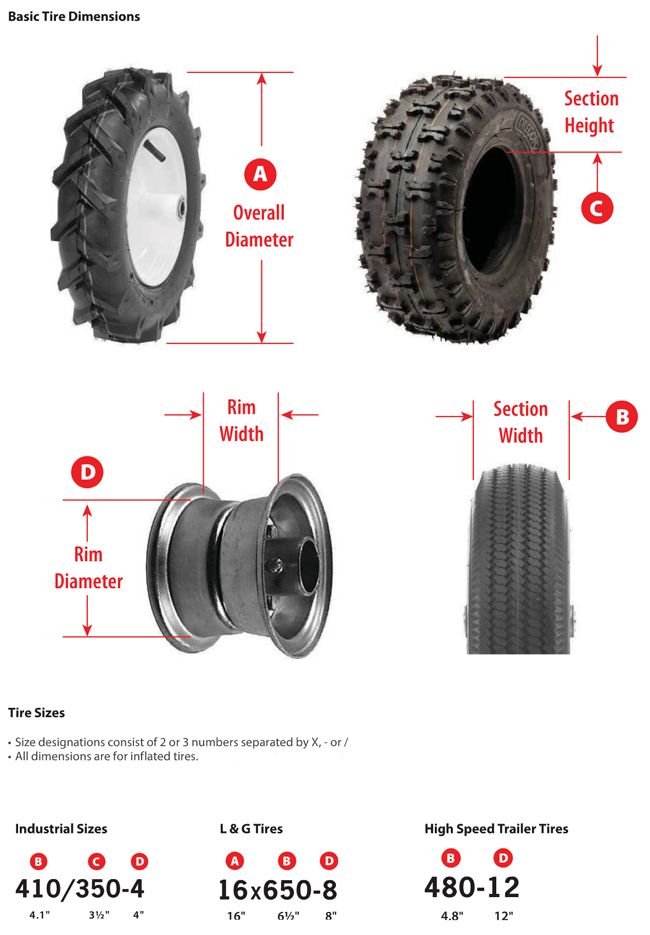A flexible tire sidewall allows tires to be used on wide and narrow rims. Every type of Wheel requires a specific rim width range. It’s the parts where tires can be fit. but sometimes its difficult to remove the tires just for measure the rims. that’s why many people search for how to measure wheel width with tire on. so in this article we will walk you through into to step by step guide how can you do this exactly.
Table of Contents
How to measure wheel width with the tire on, the cloud is critical to measure, but if you follow the right guidelines, you can do it easily. Rim size depends on two factors. One factor is rim width; another is tire diameter. However, automobile tire measurements depend on four factors. Rim Size is the diameter of the wheel rim in another sense. It depends on the size of the tires and their widths.
Tire size refers to its width. It’s measured from one side edge to another. Size refers to the overall dimensions of the tires, including height, tread width, section width, rim diameter, etc. The size of the tires depends upon the width of their treads. In some cases, size isn’t an issue.
Measure the circumference of the rim. It is measured in centimeters. It’s usually 5 inches for passenger cars. And this is how you can measure the diameters. You can measure the groove to the beads of the tire. After removing the tire from the Wheel, it is extremely simple to determine the inside diameter. It’s normal for the outside diameter of a tire to vary by one inch from its actual measurement. Take note of the tires’ width, inner diameter, and height.
Measure the tire with the rim before setting it up. Otherwise, the tire will not fit properly. You can find the correct size printed on the outside of the tire. It’s good news for you because the common tire sizes are 205/55 R 16 (front) and 225/50 R 17 (rear).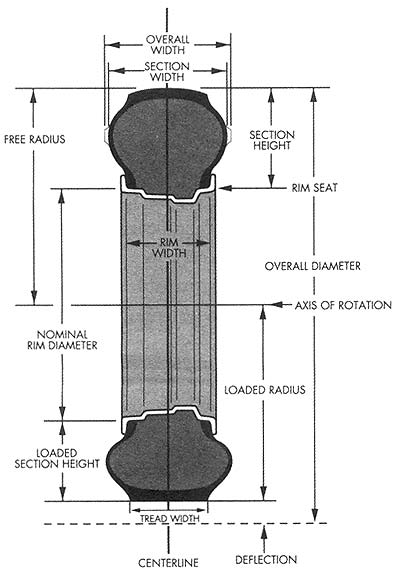 Here different letters have different meanings.
Here different letters have different meanings.
“P” stands for passengers car. 205 refers to the top width of the widest part of the tire. 40 refers to the ratio between the width and height of the image, In conclusion, R indicates radius, and 16 inches indicates the diameter of the rim
Match the tire width with its wheel size. Measure the tire’s width first before choosing which size rim fits best. But if you have the wider Wheel, you need to measure it again if you see something wrong. To find out the true size of the tires, follow the manufacturer’s approval rate. Different tire sizes vary according to their specifications. Some may be wider than others, but they are not necessarily larger.
Read also
how to keep tires from dry rotting : Things you should know
how to refinish aluminum wheels : ultimate guides
how to stretch tires : Proper guidelines with safety
how to slash tires : ultimate guides
Do you own a bike? If the answer is ‘yes, you must purchase tires for your bike. It would be best if you found out which size fits best. You probably don’t realize it yet, but… Perhaps you don’t know the proper size for tires because you haven’t measured them properly or don’t know the right size of your tires. Manufacturers use different technologies to make rims for bicycles. Therefore, it is impossible to say whether any particular wheel rim is suitable for your bike. And for that, you have to choose the right rims for your bike tires.
It would be best if you found out which size fits best. You probably don’t realize it yet, but… Perhaps you don’t know the proper size for tires because you haven’t measured them properly or don’t know the right size of your tires. Manufacturers use different technologies to make rims for bicycles. Therefore, it is impossible to say whether any particular wheel rim is suitable for your bike. And for that, you have to choose the right rims for your bike tires.
You need to measure the width of your bike’s rims. It may seem like an easy task at first glance, but it isn’t easy. It’s a good idea to think about this. First, you need to determine exactly which size of rim you want. Measure the circumference of the rim using a measuring tape. You’ll probably not use it right away. First, you need to put the bike frame on a flat surface to measure its length accurately.
To find out if your bike has been properly aligned, you need to check its wheels for proper alignment.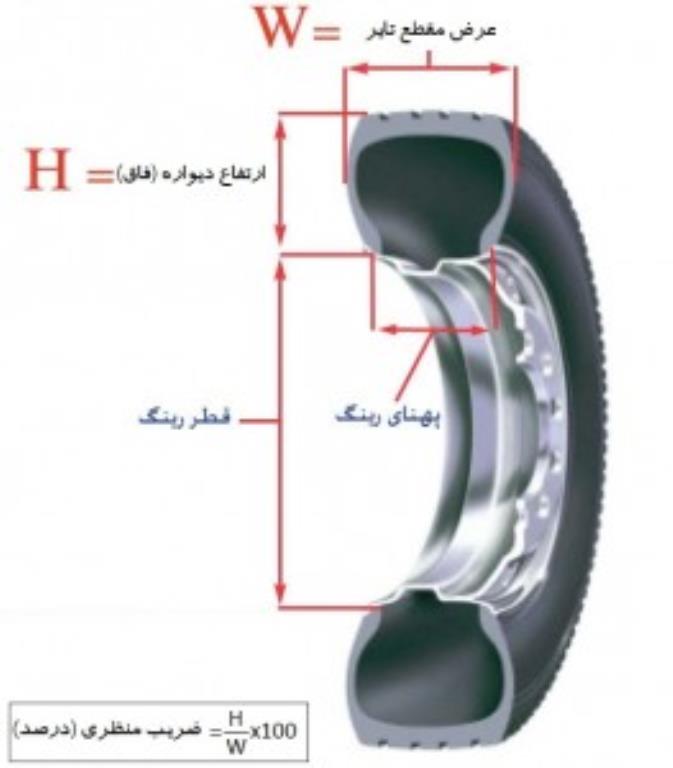 Make sure the tape covers the entire wheel circumference. You’ll need to measure the length of each point from one side to another. To take the exact size of the rim, you can either slide one half of the tape forward then backward (side by side) or slide both halves simultaneously (forth and back).
Make sure the tape covers the entire wheel circumference. You’ll need to measure the length of each point from one side to another. To take the exact size of the rim, you can either slide one half of the tape forward then backward (side by side) or slide both halves simultaneously (forth and back).
To measure the rim circumference, you need to wrap a measuring tape around the rim at its widest point. You start by keeping the tape around the edge of the rim to measure it. You’ll use it to take the exact measurement.
Sometimes, some fabric tapes could give an incorrect reading because they tend to stretch slightly. It would be best to use a tape that measures 0.25 inches to 1 inch wide. With this measuring tape, you’ll be able to measure up to the widest part of the rim. The best way to measure the wheels of your vehicle is by the below guides:
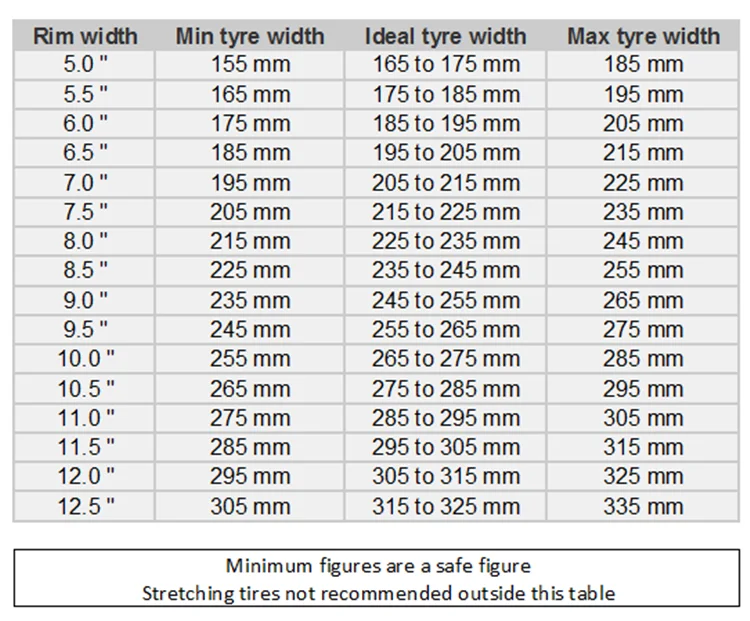
If you lack metal tape for applying markup, you can use wire or cables instead. Encircle the tape around the inner wall of the rim as close to its edge as possible. Next, please keep it on a level surface and use an extendable measuring tape to determine its length.
It’s essential to know the diameter of the tire rims before fitting the new tires. Standard tables are available for determining whether the ratio between the size of tires and rims is appropriate. Don’t be afraid to follow the manufacturer’s instructions. There are enough room and guidelines available to know the best tires that fit well with your tires.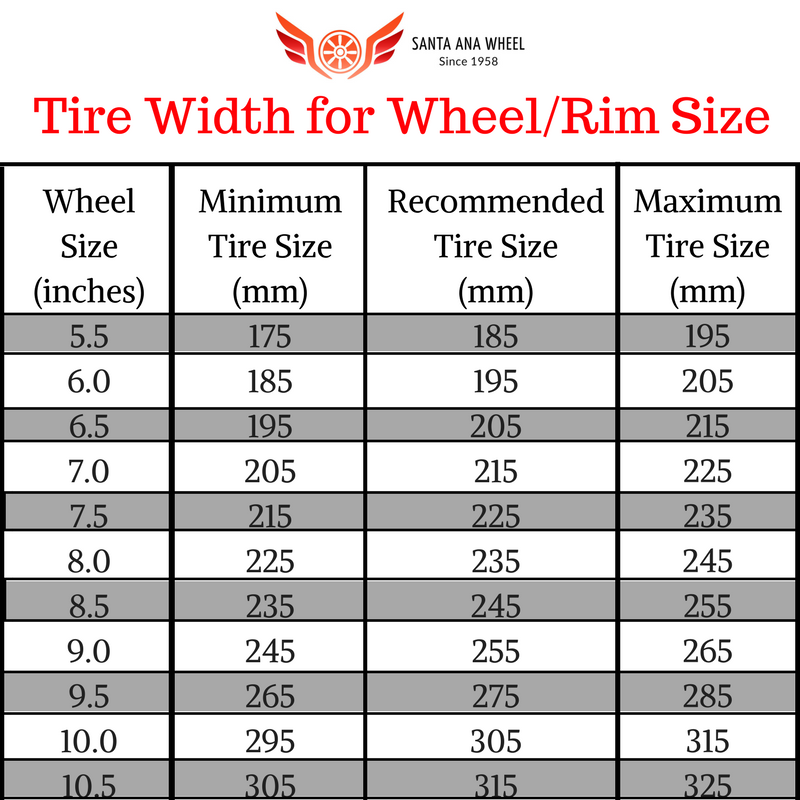
I think you already learned how to measure wheel width with tire on. Don’t forget to let us know in the comment your opinion.
One of the most common questions in the automotive industry is "How do I correctly measure my wheel?". This is usually a question asked when someone is planing on upgrading wheels. Although there is many measurements that go into measuring a wheel, we will touch on the most important ones in this article.
Viewing this install and using the information shared is subject to the terms set forth here - View the LMR Install Instructions Disclaimer.
How to Measure Wheel SizesIf you are unsure the overall size of your wheels, there are a few things to consider when attempting to measure the dimensions. You will want to find the following:
With the Wheel Diameter, keep in mind that there are two measurements to consider: Overall Wheel Diameter and Actual Wheel Diameter.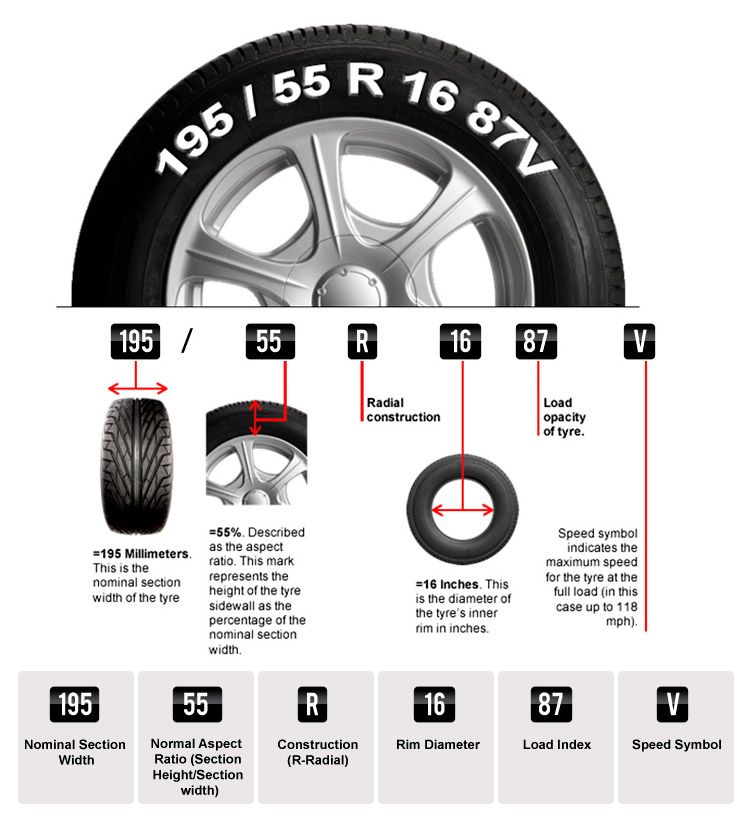
When measuring for the Overall diameter, you will want to measure from the outside lip to outside lip of the wheel (Shown by the Green Line in the photo below).
When measuring for the Actual Diameter, you will want to measure from the inside of the Barrel of the wheel (Shown by the Red Line in the above photo). Example: A wheel with an actual Diameter of 18” will have an overall diameter of around 19.5”.
Wheel WidthMeasuring the Wheel width is similar to measuring the Diameter. You will want to measure from the Barrel Section and not to overall outside width (See Picture Below).
The offset of a wheel is the distance from the hub mounting surface to the center line of the wheel. This is an important measurement to keep an eye on when choosing your next set of Mustang wheels. The wheel offset is measured in millimeters and results in three different types of offsets.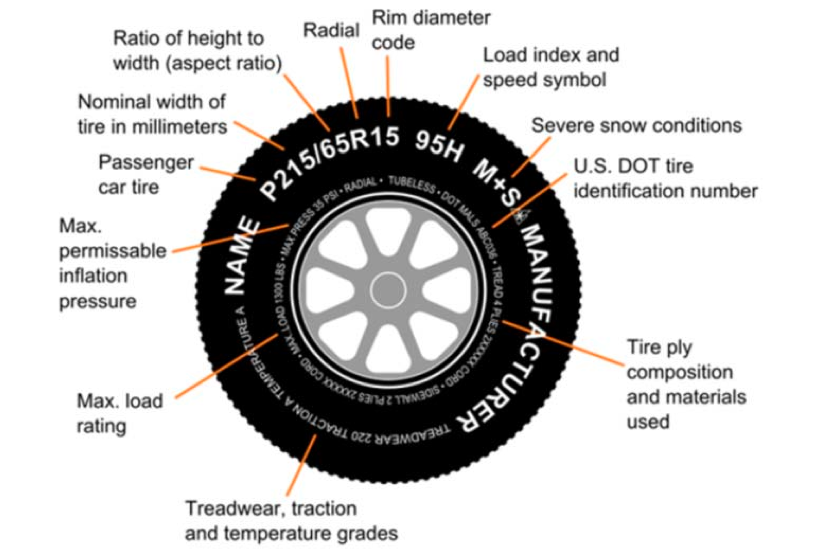
The backspacing is the distance from where the hub section of the wheel contacts the hub surface of the car to the back lip of the wheel (See picture below). Backspacing is always measured in inches and is closely related to the offset so that means when you change one it immediately affects the other.
This is extremely important because it determines the clearance of the wheel in the wheel well. Also, it affects how much the wheel will stick out past the fender. You can measure a wheel’s backspacing by running a straight edge across the rim bead (without a tire) and dropping another straight edge or Tape measure/ruler down to the wheel face, measuring that distance. (See picture below)
(See picture below)
The bolt pattern consists of two numbers and looks like this: 5×4.50. The first number in this example(5) indicates how many bolt holes or studs are on the vehicle while the other number (4.50) describes the diameter of the circle formed by those 5 holes or studs. They are listed in either inches or millimeter units (4.50 is inches). Another example: a bolt pattern of 4×100 indicates a pattern with 4 lugs on a circle with a diameter of 100mm.
Using these tools, you will be able to find the overall dimensions of the wheels you have! Many wheel manufacturers will also have the Diameter and Width Cast in the back of the wheel (example: 17x9) to make it easy to know the main size.
Replacing car rims is not an annual procedure.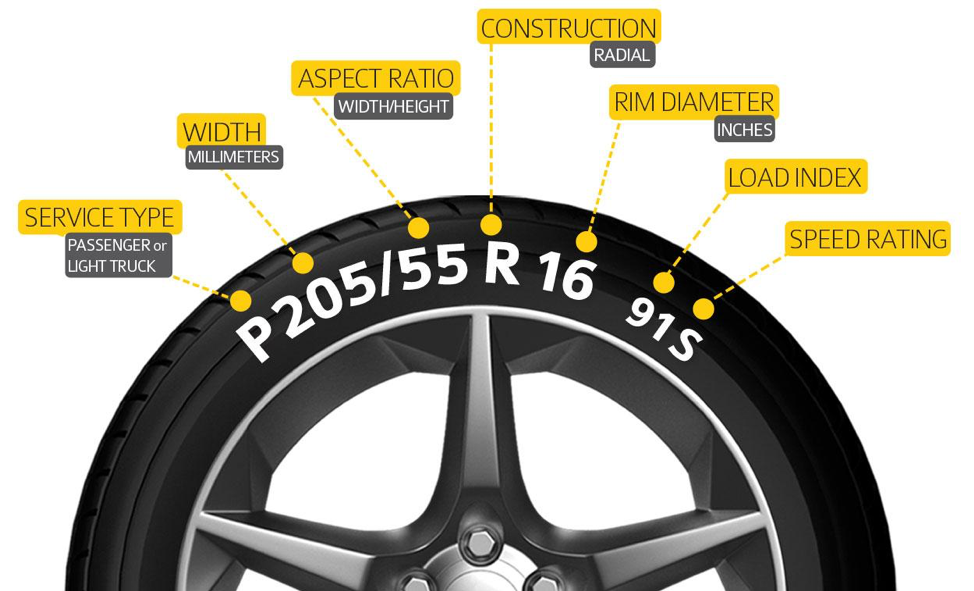 The condition of domestic roads, the consequences of an accident, many years of mileage - no matter what negative factors affect your wheels, the overall final result: replacement. When selecting new disks, it is necessary not only to determine the type of product, but also to take into account all the significant parameters of the disk. And here the questions arise before the car owner: how to find out the width of the rim of the disk, how to find out the diameter of the hub on the disk and other important characteristics.
The condition of domestic roads, the consequences of an accident, many years of mileage - no matter what negative factors affect your wheels, the overall final result: replacement. When selecting new disks, it is necessary not only to determine the type of product, but also to take into account all the significant parameters of the disk. And here the questions arise before the car owner: how to find out the width of the rim of the disk, how to find out the diameter of the hub on the disk and other important characteristics.
Your vehicle may only be fitted with rims that match exactly the model of your vehicle. If you spend a significant amount of money on products with inadequate performance, you run the risk of experiencing the following problems:
disks simply do not fit in size, they will be impossible to install;
installation is possible, but soon there will be a negative impact on the technical condition of the car and / or road safety.
Don't waste your money and, more importantly, don't risk your own safety. When buying new discs, immediately select the product that is most suitable for your car in all basic parameters. This approach will ensure trouble-free movement, as well as long-term trouble-free operation of the suspension and chassis as a whole.
What characteristics should be of interest to the car owner in the first place? The main significant parameters of rims:
Disc diameter - the mounting fit diameter of the annular / outer part of the rim. Designated in inches.
Disc width, wheel rim width. Specifies the width of the tire to be installed. The indicator is indicated in inches.
DIA is the diameter of the hole for the wheel hub. The value is in mm.
ET - disc offset in mm. Determines the depth of wheel recession in the car arch.
Number of mounting holes. It must exactly match the nominal value for reliable fixation of the car wheel on the hub.
It must exactly match the nominal value for reliable fixation of the car wheel on the hub.
PCD - diameter of mounting holes. With respect to this quantity, high measurement accuracy is required! Deviations are not allowed.
Some values are traditionally measured in inches, others in millimeters. How not to get confused, how to find out the width of the disk in inches or the diameter of the hole on the disk, if you do not do this work daily? Finding, determining or accurately measuring the necessary indicators is a difficult task for a person who is far from the car service industry.
Is it really that complicated? Let's take a closer look and answer questions from motorists.
It is usually not necessary to measure all the parameters yourself. But how can you find out the width of the rim of an alloy wheel or the diameter of a car wheel without taking measurements? Auto manufacturers indicate the required parameters on the original branded discs.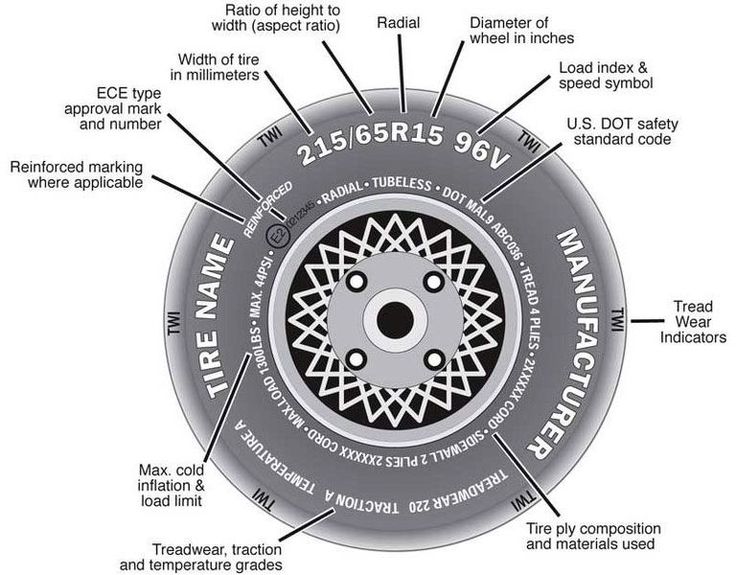 The marking is standard, the same for steel and alloy wheels.
The marking is standard, the same for steel and alloy wheels.
Remove the spare tire from the trunk or remove the wheel from the car. Read the inscriptions, most often on the inside of the disc. As a rule, 3 main parameters are indicated there: diameter, width and reach. For example: 5.5J x 13, where the first value 5.5J is the width of the disc in inches, and the second is the diameter, also in inches. The inscription ET35: the departure value in millimeters is 35. Instead of ET, the designation OFFSET or DEPORT is found - it depends on the country of origin.
It can also be marked, for example, d54.1, which means DIA - the size of the hole for the hub is 54.1 mm. This inscription answers the question how to find out the inner diameter of the disc and even how to find out the size of the hub on the disc - look for such a marking, this is important.
If numbers are present, say 5x120, then you know the number of seat bolts (5) and PCD is the diameter of their location (120 mm).
It is even easier for the owner of the car if he has the owner's manual for the vehicle. The algorithm of actions is very simple: open, study, select new disks in accordance with the manufacturer's recommendations. It is almost impossible to make a mistake in this case.
However, not all motorists are so fortunate. Let's say there are no instructions, the car is old, and non-native disks were installed by the previous owner - then there is no information in principle. It's OK. There is always a back-up plan for this. Namely, independent actions.
Taking measurements yourself is not as difficult as it seems.
The easiest way to count the number of mounting holes is from 3 to 6.
Using a tape measure, ruler or caliper on a disassembled wheel, you can measure the parameters of the diameter of the central hole, the width of the disc.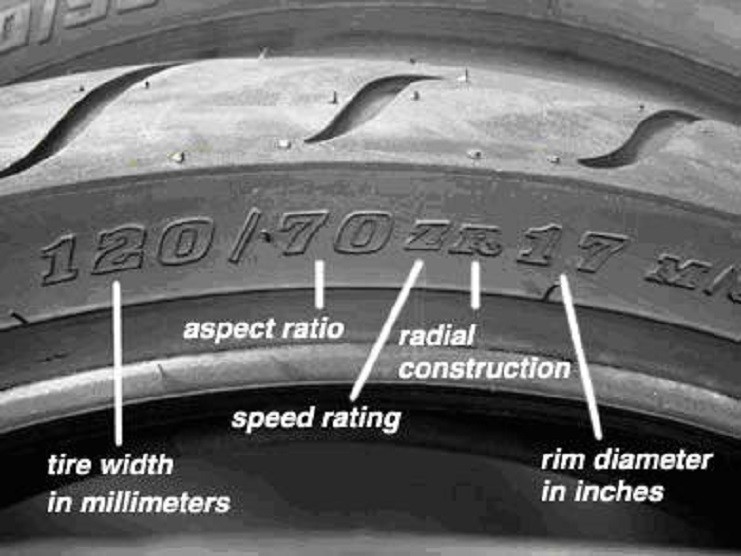
PCD parameter: how to find out the diameter of the holes on the discs? First, measurements are taken with a caliper, then calculations are made using special formulas.
In the table you can see which PCD values apply to different brands of passenger cars.
PCD value in mm | Car brand |
| 98 | Citroen, Fiat, Alfa-Romeo, LADA, Lancia, Peugeot, Skoda, Seat |
| 100 | Audi, Cooper, BMW, Chrysler, Citroen, Chevrolet, Daewoo, Daihatsu, Fiat, Hyundai, Honda, Jeep, Kia, Mitsubishi, Nissan, Mazda, Opel, Proton, Renault, Rover, Subaru, Peugeot, Skoda, Seat, Suzuki, Volkswagen, Toyota |
| 108 | Audi, Ford, Citroen, Mazda, Land Rover, Peugeot, Jaguar, Renault, Volvo, Saab |
| 110 | Opel, Fiat, Alfa-Romeo, Saab |
| 112 | Audi, Ford, Chrysler, Mercedes-Benz, MCC-Smart, Skoda, Volkswagen, Seat |
| 114. | Chevrolet, Citroen, Chrysler, Daewoo, Daihatsu, Dodge, Jeep, Fiat, Ford, Hyundai, Honda, Lexus, Kia, MCC-Smart, Land Rover, Mitsubishi, Mazda, Nissan, Peugeot, Rover, Renault, Subaru, Suzuki, Volvo , Toyota |
| 115 | Chrysler, Chevrolet, Opel |
| 118 | Citroen, Nissan, Fiat, Peugeot, Renault, Opel |
| 120 | BMW, Volkswagen, Hyundai |
| 120.7 | Jaguar |
Certain deviations are allowed for individual parameters without adversely affecting vehicle handling and
suspension condition.
Disc diameter. Alloy wheels are allowed 1 inch oversize.
Disc width. Tolerance is 0.5 inches.
DIA - The size of the center hole should ideally match the diameter of the hub. Permissible deviation up to +0.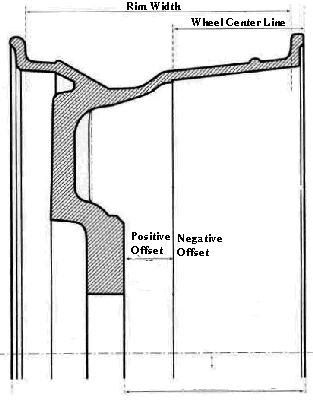 3 mm.
3 mm.
ET - it is desirable to comply with standard sizes. It is permissible to change the overhang up to +/- 2 mm.
Pay attention! Parameter PCD is determined with absolute precision. The number of mounting holes must exactly match the declared values. Errors are not allowed.
A serious approach to buying new discs ensures the safety of travel and eliminates the issue of unnecessary financial costs for suspension repairs. Let's summarize.
When choosing new rims, consider 6 basic parameters. As well as manufacturer's recommendations for your car model.
Read the instruction manual in detail - this is the easiest way to find the necessary characteristics.
There are no instructions, but the car is equipped with branded discs - look at the markings on the inside of the disc.
Determine the missing values yourself. Be attentive to those indicators, the measurements of which do not allow errors.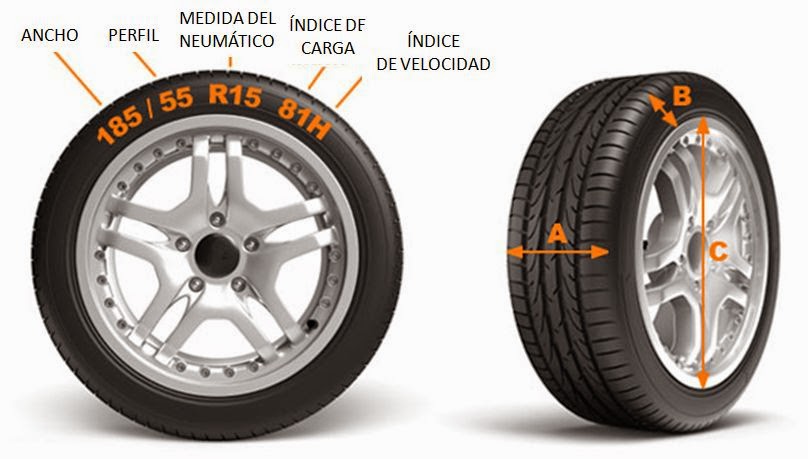
Choose the right wheels for your car.
All over the world, motorists often face the difficulty of changing rims. This happens due to forced circumstances - with their defects, wear, malfunction, or at the request of the owner himself because of their not very presentable appearance, inappropriate dimensions, or on other grounds.
The automotive market is always happy to offer its customers a wide range of accessories for different tastes and budgets. Consider how to find out the size of a car wheel disk in order to select the appropriate configurations and avoid selection difficulties.
The basic size of the disks is a specific set of wheel configurations that are put on the vehicle at the automobile factory in accordance with all the conditions of the technology, the class of the car, as well as the strength studies carried out by the engineers of the concern.
When leaving the factory, the machine acquires the following regular characteristics of rims:
The dimensions of the edge of the rim, necessary for reliable mounting of the tire, are indicated by the letter symbols J or JJ. This marking is suitable for wheels of all passenger cars, regardless of make and model.
The thickness of the rim of the product is calculated in inches with a distance of 0.5 units. The final dimension of the rubber depends on it. In standard vehicle modifications, this size is from 4 to 12 inches, which corresponds to a tire with a offset of 145-345 mm.
The most significant value is the radiality of the disk, which is determined without taking into account the edges of the rim diameter and is calculated in inches from 12 to 24. It is written as R12, R13 ... R21, R22, R23, etc. The radiality of the tire depends on this value, which must correspond to this parameter, as well as its profile, which depends on the configuration of the wheel arch and the technical parameters of the manufacturer.
Also, the factory takes into account the range of wheel offsets necessary for a certain brand, that is, the value of the ET disk offset, which will indicate the distance from the place where the disk is attached to the hub to its internal mating plane of the disk. The longer the offset ET, the deeper the tire will be fixed under the wheel arch.
If the above indicators allow you to indicate a small variation in the dimensions of the wheels, then parameters such as disc bolt pattern and drilling should remain the same, otherwise the rubber will not be put on the hub. So:
disc bolt pattern is a value that calculates the number and length of the studs on the hub. Designed to fix the wheel. For example, in small cars, studs are usually made with a 4 * 9 offset8, 4 * 100, that is, the disk is fixed to 4 anchors, each 98 or 100 mm long. In business class cars or SUVs, the number of fasteners is from 4 to 10 pieces, and their length expands to 140 mm.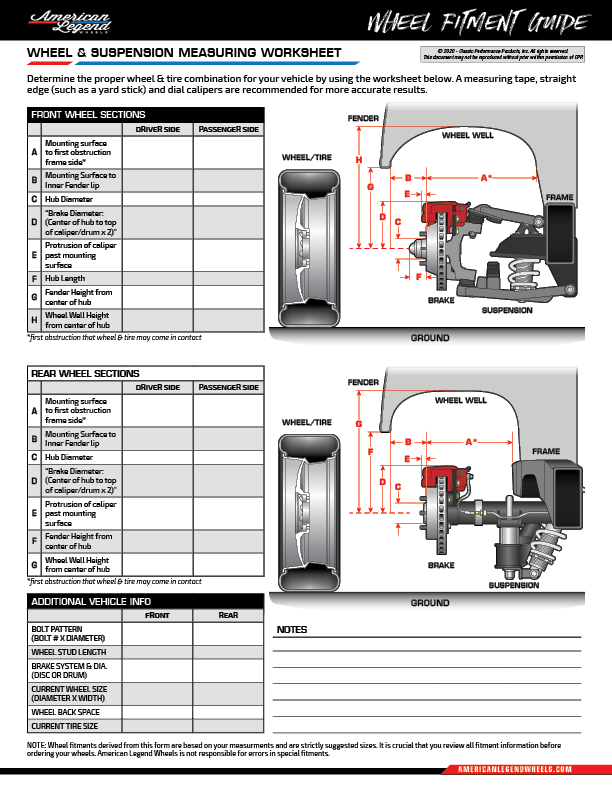
drilling (PCD) - an indicator of the mounting hole of the disk, thanks to which it is installed on the axle. Its dimensions range from 50 to 120 mm, depending on the brand, model and class of car.
Each factory disk on the machine is, of course, marked, and upon visual inspection, you can find a line with the indicators listed above on it. If due to circumstances, for example, in case of wear of the disk, these parameters are not visible, then the wheel can be measured independently and its marking can be set. Proceed as follows:
To determine the width of the disk, it is measured with a tape measure or ruler, the rim of the product in millimeters, and then the resulting distance is divided by 25.4 mm to convert to inches.
In a similar way, the radiality of the disks is determined, only here their diameter is measured. Some people think that the R symbol means the radius of the rim, but this is incorrect, as this is the necessary distance between two distances on the wheel rim from the center of the rim.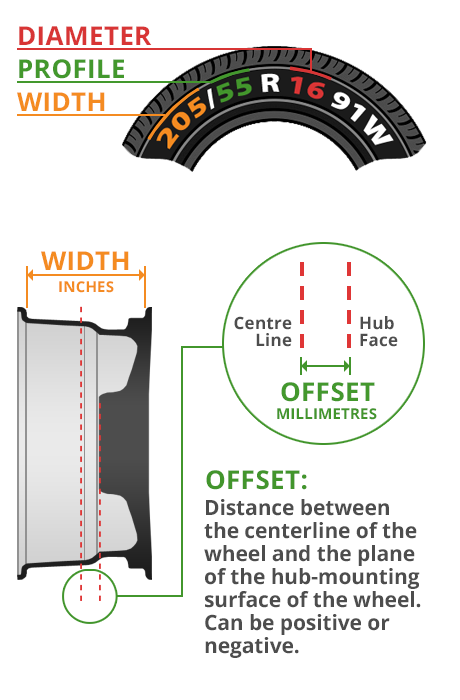 The resulting data should be divided by 25.4 mm to get the result in inches.
The resulting data should be divided by 25.4 mm to get the result in inches.
The greatest difficulty is the measurement of wheel offset, that is, the ET indicator. To do this, you need to remove the wheel, lay it flat on the ground, put a wooden rail on it, equal to the diameter of the metal part of the disk. Then measure the gap to the mating plane of the product in mm. Turn the wheel 180° and repeat the procedure on the reverse side. Substitute the data into the formula for finding ET \u003d (X + Y): 2, where X is the first indicator, Y is the second indicator, and ET is the desired departure size. All results will be in millimeters.
To determine the PCD or the diameter of the central hole of the disk (DIA), the motorist only needs to measure the maximum distance between the edges of the perforations, and then find the nearest value from the table of deviations and correspondences. The indicator of the holes of the wheel disc depends on the structure of the hub for a particular brand of machine
.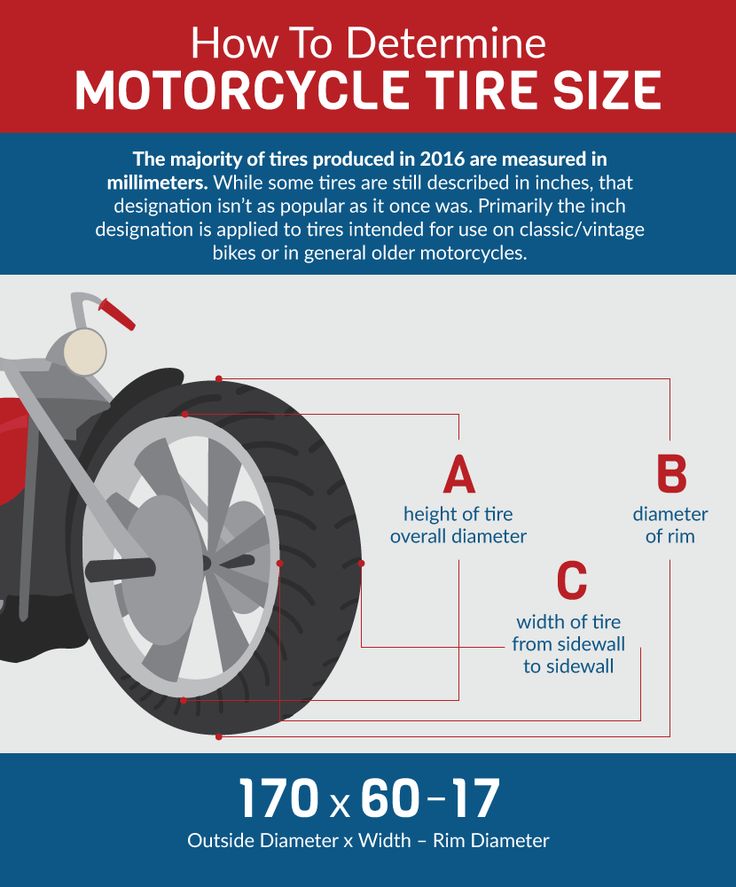
On all original factory wheels, the car owner has access to a marking where the dimension of this product is written. For the correctness of actions, it is worth familiarizing yourself with some illustrative examples:
When changing wheels to more attractive ones, the owner of the Lada sees the inscription on the disk 5.5J * 15 ET 42 d56.1 4 * 98, which means: a rim rim 5.5 inches wide, edge configuration J, not disassembled (marking "x"), 15 inch radius, 42 mm wheel offset, 56.1 mm drilling (drill hole diameter), bolt pattern for 4 studs of 98 mm each.
The designation J depends on the class, model and weight of the car, it can be replaced by JJ, K, JK, B, P and D, which corresponds to the marking of the purchased disk.
Also on the wheel are hampa or H markings, for example 6.0J * 17 h3 ET38 d65.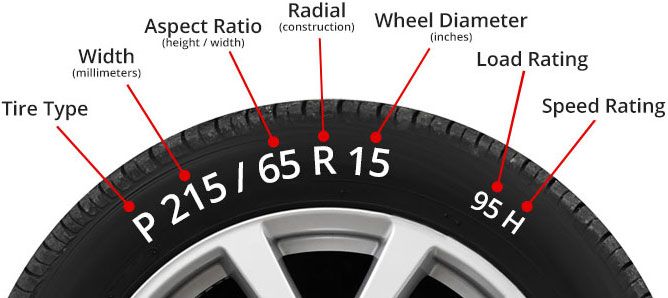 1 5 * 112. This hump consists of special protrusions along the sides that increase the strength of the attachment to the rubber disk. This parameter can be marked as H - single, on one wheel side, H2 - double, from edge wallpaper or X - truncated.
1 5 * 112. This hump consists of special protrusions along the sides that increase the strength of the attachment to the rubber disk. This parameter can be marked as H - single, on one wheel side, H2 - double, from edge wallpaper or X - truncated.
For drivers of pickups, minivans and other vehicles intended for the transport of goods, the values \u200b\u200bof the greatest load are indicated, which are marked as follows - Max Load 2000Lb. This figure will indicate the largest load of 2000 pounds (910 kg when translated).
An important strength parameter is the tire and rim pressure marking, which is expressed as Max PSI 50 Cold, where the highest tire pressure should not exceed 3.5 kg per cm².
The last thing that can be found on the rim is the SAE lettering. TUV, ISO or Rostest, indicating that the product has passed the necessary certification after a series of tests and fully meets the requirements of international and Russian standards.
Quite often, the car owner does not seek to deviate from the disk configuration prescribed by the automobile manufacturer. Then it is enough for him to purchase rims according to the same parameters that the manufacturer set. It is important to note that an erroneously selected size of products often leads to rapid wear of hubs, calipers, brake systems and other parts of the suspension, which contributes to the expenditure of significant amounts during repairs.
The most preferable and competent choice of rims for a particular car model is a purchase at a dealership from a brand distributor. For example, official auto enterprises often provide rims not only of their own production, but also accredited analogues.
In most large sales centers, consultants have special software installed that helps to easily determine the given disk sizes. When contacting the center manager, who will fill in the appropriate fields in the program on the computer - the brand, model and variation of the vehicle, year of manufacture, and other data, you can get a whole list of suitable disks that correspond to the geometric characteristics of the client's car.